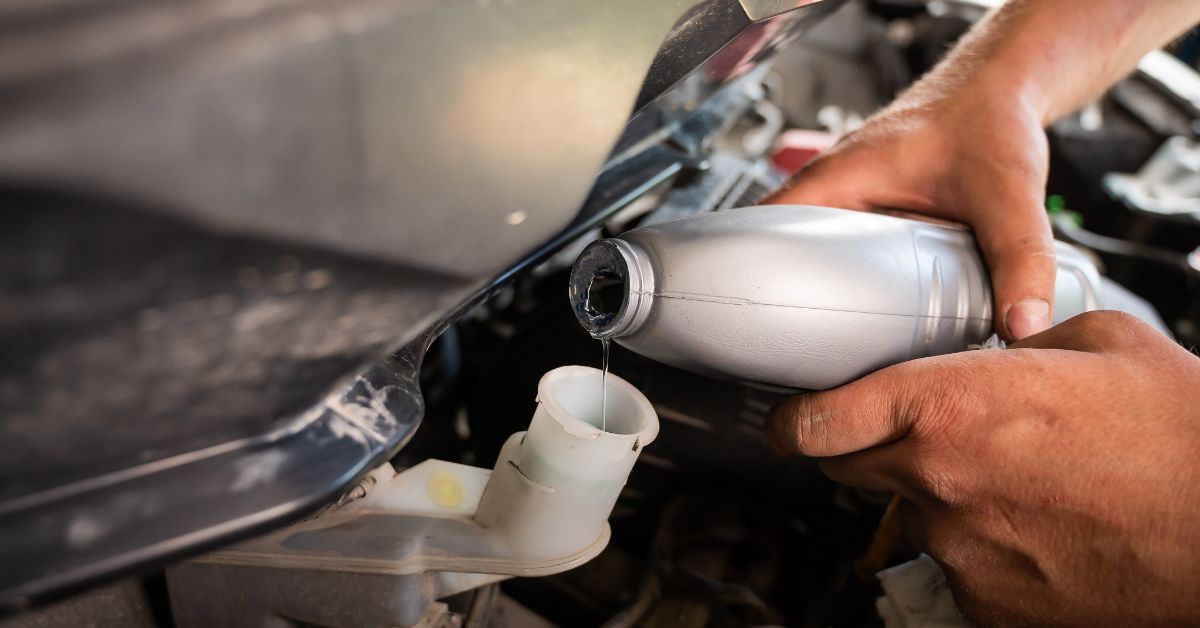As winter’s chill approaches, it’s vital to prepare your vehicle for the harsh conditions it will face during storage. Cold weather can wreak havoc on your car if you don’t take the necessary precautions. In this comprehensive guide, we’ll walk you through the steps to effectively weatherproof your car for storage, ensuring it emerges from its hibernation in top-notch condition. Let’s dive into the details.
Clean and Detail Your Car
Before storing your car for the winter, invest some time in giving it a thorough cleaning and detailing. This isn’t just about aesthetics; it’s about protecting your vehicle’s surfaces from damage over time. Start by washing the exterior, removing any built-up dirt, salt, or grime. Afterward, apply a high-quality wax coating to create a protective barrier against the elements.
Moving inside, vacuum the carpets and upholstery, ensuring there are no food crumbs or debris that could attract unwanted pests. Cleaning the interior not only keeps it looking fresh but also prevents odors from developing during storage.
Change the Oil and Fluids
Fresh oil and other fluids are vital for your car’s engine health, especially during the winter months. Old, degraded fluids can lead to engine damage or even complete failure. Change the oil, transmission fluid, and coolant according to your manufacturer’s recommendations. This proactive step will help ensure that your engine remains in excellent condition throughout the storage period.
 Fuel Up and Add a Fuel Stabilizer
Fuel Up and Add a Fuel Stabilizer
A full gas tank is crucial to prevent condensation from forming inside, which can lead to fuel system issues. To further protect your engine, add a fuel stabilizer to the tank. Fuel stabilizers prevent fuel degradation, ensuring that when you’re ready to use your car again, the engine starts smoothly and efficiently.
Remove the Battery or Use a Battery Tender
Cold temperatures can be particularly hard on car batteries. If your vehicle will be in storage for an extended period, consider removing the battery and storing it in a warm, dry place. If removal isn’t an option, use a battery tender or maintainer to keep the battery charged. This ensures that your car starts reliably when it’s time to bring it back into service.
Inflate the Tires
Proper tire maintenance is essential for preventing flat spots from forming during storage. Inflate your tires to the recommended pressure, which you can find in your vehicle’s manual or on a sticker inside the driver’s side door frame. Additionally, consider placing the car on jack stands to reduce the stress on the tires and prevent flat spots caused by prolonged pressure on a single spot.
Protect the Exterior
Invest in a high-quality, breathable car cover to shield your vehicle from the elements. A well-fitting cover ensures that moisture doesn’t get trapped underneath, which could lead to rust and paint damage. Alongside the car cover, use wheel covers to prevent moisture and dirt buildup on the tires.
Seal Any Openings
Mice and other critters are notorious for seeking refuge in warm engine compartments. Prevent unwanted guests by sealing any openings with steel wool or mesh. This not only keeps pests out but also ensures that your car’s wiring remains intact, preventing costly repairs in the spring.
Elevate Your Car
To prevent your tires from resting on the cold ground, use jack stands to elevate your car slightly. This simple step reduces the risk of flat spots and ensures that your tires remain in good condition.
Store in a Dry Location
Whenever possible, store your car in a dry, temperature-controlled environment like a garage. This provides the best protection against extreme cold and moisture. If you don’t have access to a garage, consider renting storage space at a facility that offers climate control options.
 Lubricate Moving Parts
Lubricate Moving Parts
Apply a high-quality lubricant to hinges, latches, and other moving parts to prevent them from seizing during the winter. This small but essential step can save you from dealing with frustrating repairs come spring.
Maintain Adequate Ventilation
Even in storage, your car needs some ventilation to prevent mold and mildew growth. Crack a window slightly to ensure there’s enough air circulation. Be cautious not to leave the window open too wide, as it could allow moisture to enter.
Use Desiccants
Place desiccant packs or moisture absorbers inside your car to reduce humidity levels. High humidity can lead to mold issues and can damage your car’s interior. Desiccants help keep the moisture levels in check.
Perform Regular Start-Ups
If possible, start your car and let it run for a few minutes every few weeks. This helps keep the engine and various components lubricated. Additionally, it circulates fluids, preventing them from settling or congealing in one place.
Keep the Handbrake Off
Leaving the handbrake engaged for extended periods can cause it to seize. Instead, use wheel chocks to prevent your car from rolling. Place these in front of and behind the tires to ensure the vehicle stays stationary.
Prepare Your Car Now!
Preparing your car for winter storage is a vital step in ensuring it remains in excellent condition. With proper care and attention to detail, you can protect your investment and enjoy trouble-free driving when warmer weather returns. Incorporating these steps into your car’s storage routine can make a significant difference in its condition and longevity. Remember that prevention is key when it comes to protecting your vehicle from the rigors of cold weather and extended storage periods. So, as winter approaches, invest the time and effort in properly weatherproofing your car. When spring finally arrives, you’ll be glad you did.

